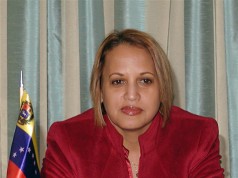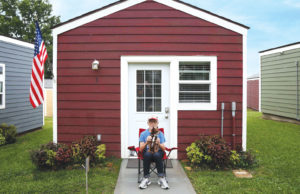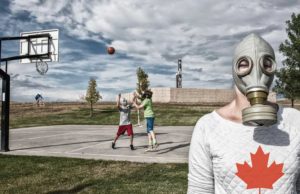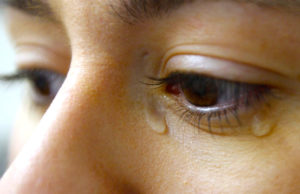was devastated by a 7.0-magnitude earthquake, ashen, ghostly survivors
continued to be pulled from the rubble and the international community
fought bottlenecks and rising tensions to provide aid to the shattered
nation.
With the principal seaport still a shambles and the
The new entry points should help ease the backlog of
international aid — including food, water, medicine and heavy machinery
— that has yet to reach the choked
On Tuesday, the French aid organization Doctors
Without Borders said a cargo plane carrying 12 tons of medical
equipment had been turned away three times from the airfield since
Sunday night.
“We were forced to buy a saw in the market to continue amputations,” said
With thousands of bodies being shoveled into mass graves, there is no accurate tally of the casualty count. Prime Minister
Amid the rising chorus of criticism about the lack of coordination, U.S. Ambassador
“Would we like for there to be the possibility of
getting more aid out to people faster? Of course,” he said. “If people
were to realize the challenges we were dealing with here, they would be
completely understanding and realize this is an extraordinary
operation.”
With hundreds of thousands left homeless and many more who have yet to see aid, Haitian first lady
“I am not worried today,” she said. “But if the
relief is not provided soon enough to a population in despair, that
might open the door to some violence.”
While
will take over coordination of aid deliveries to Jacmel and Leogane.
More than half the homes in both cities were lost to the earthquake,
according to Haitian government officials.
In Leogane, townspeople told a
United Nations Secretary-General
said the U.N. food agency distributed rations for almost 200,000 people
Tuesday — a small fraction of the 3 million to 3.5 million who the U.N.
says need it. The organization hopes to increase the number of people
receiving food to 1 million this week and to at least 2 million in the
following two weeks. “The situation is overwhelming,” Ban said.
The Haitian government said Tuesday it had counted 324 refugee camps in
and its suburbs. One camp alone, in Delmas, has an estimated 15,000
people squeezed onto a nine-hole golf course next to the U.S.
ambassador’s residence.
As six
flattened presidential palace Tuesday, quake victims received them with
cheers, jamming the fence of the palace grounds to watch.
“We are happy that they are coming, because we have so many problems,” said
More reinforcements are due to follow after the U.N.
said it would add 3,500 police and soldiers to help control outbursts
of looting and violence that have slowed the distribution of supplies.
For those awaiting assistance, troop reinforcements cannot arrive soon
enough.
Four blocks from the U.S. troops at the palace, hundreds of looters rampaged through downtown
“That is how it is. There is nothing we can do,” said Haitian police officer
People in one hillside
“We never count on the government here,” said Tatony Vieux, 29. “Never.”
By Tuesday afternoon, only 12 of the 4,000 escaped prisoners from the national penitentiary had been arrested, authorities said.
In
sprawling Cite Soleil slum, influential gang leaders who escaped from
the heavily damaged prison after the earthquake took advantage of a
void left by police and peacekeepers focused on disaster relief, the
“If you don’t kill the criminals, they will all come
back,” a Haitian police officer shouted over a loudspeaker to
residents, the AP reported.
“We cannot encourage the population to go after the people,” he said. “The police have to go after the bad guys.”
But the security forces themselves are recovering from the earthquake.
Of
4,500 police officers, only about 2,000 were on the street, Andresol
said. More than 100 died in the earthquake, including 40 who were
crushed in Delmas when the city’s police headquarters collapsed.
The Brazilian peacekeeping unit assigned to Cite
Soleil lost 18 of its 145 soldiers in the quake, including 10 who died
when a nearby U.N. post collapsed — leaving weapons and equipment open
to looting.
As U.S. and Haitian officials and relief agencies struggled to bring help,
Caught between the devastation and the lack of aid, thousands of residents have fled the capital.
Ismael Lumieux had moved to
“Moving back is like moving backwards,” Lumieux said through the open door of a brightly covered bus.
A billboard behind the bus read: “Hurricane Season has arrived.”
—
(c) 2010, The Miami Herald.
Visit
Distributed by McClatchy-Tribune Information Services.













